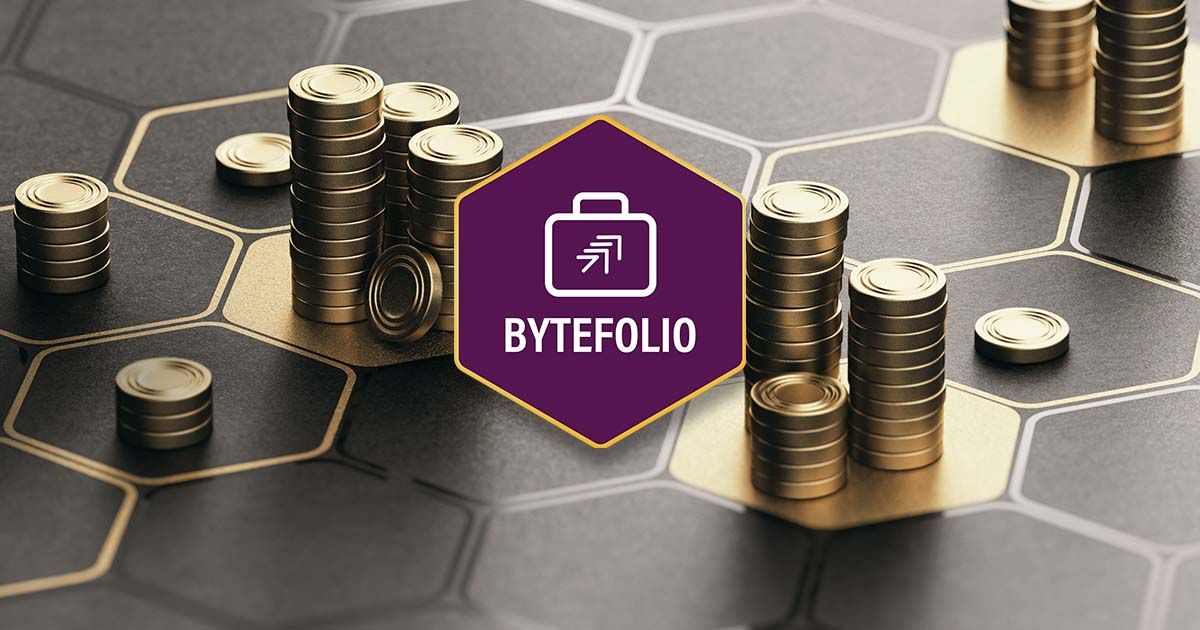ByteFolio Update 46

Disclaimer: Your capital is at risk. This is not investment advice.
ByteTree's Crypto Leaders
ByteFolio brings together ATOMIC, ByteTrend and Token Takeaway to create ByteTree’s model portfolio, known as ByteFolio. This is a selection of crypto tokens, which are weighted according to their risk/reward characteristics. ByteFolio has a modest turnover and will not suit traders. It will appeal to investors who wish to diversify beyond bitcoin, with the aim to beat it.
How many times have you heard the phrase, “this is the most hated bull market”? As far as I can recall, just about all early stages of bull markets in my 25 years in markets have been loathed. There are a few reasons for this: first, they come in the teeth of bad news. Professional investors and journalists specialise in retrofitting narratives to price action, so it makes no sense for markets to be moving higher when things are awful. Second, in a similar vein, there are very few commentators telling you things might be looking up. Good news doesn’t sell. Third, a hated bull market is a sort of truism. It’s just telling you lots of people are missing out. If they were invested, it wouldn’t be hated.
It’s a similar story in crypto. Look at the headlines, and you won’t find much in the way of good news. In fact, you’ll find barely any crypto news at all in the mainstream media, who have declared it dead and buried. It’s a bit embarrassing to find it’s still alive.
Yet the price action is unequivocally constructive. In the aftermath of one of the largest frauds in financial history, and as the US regulators embark on a carpet bombing of on/off ramps to the formal banking sector, crypto has raised a merry one-fingered salute to the experts. Price strength is rippling across the sector. How hated is that?!
In the early stages of this move, ByteFolio has struggled to keep up with the bitcoin price. But we’re sanguine about that, partly because we’re nicely higher in US$ terms and secondly, we expect the better altcoins to start showing their true colours and emerge from the pack.
